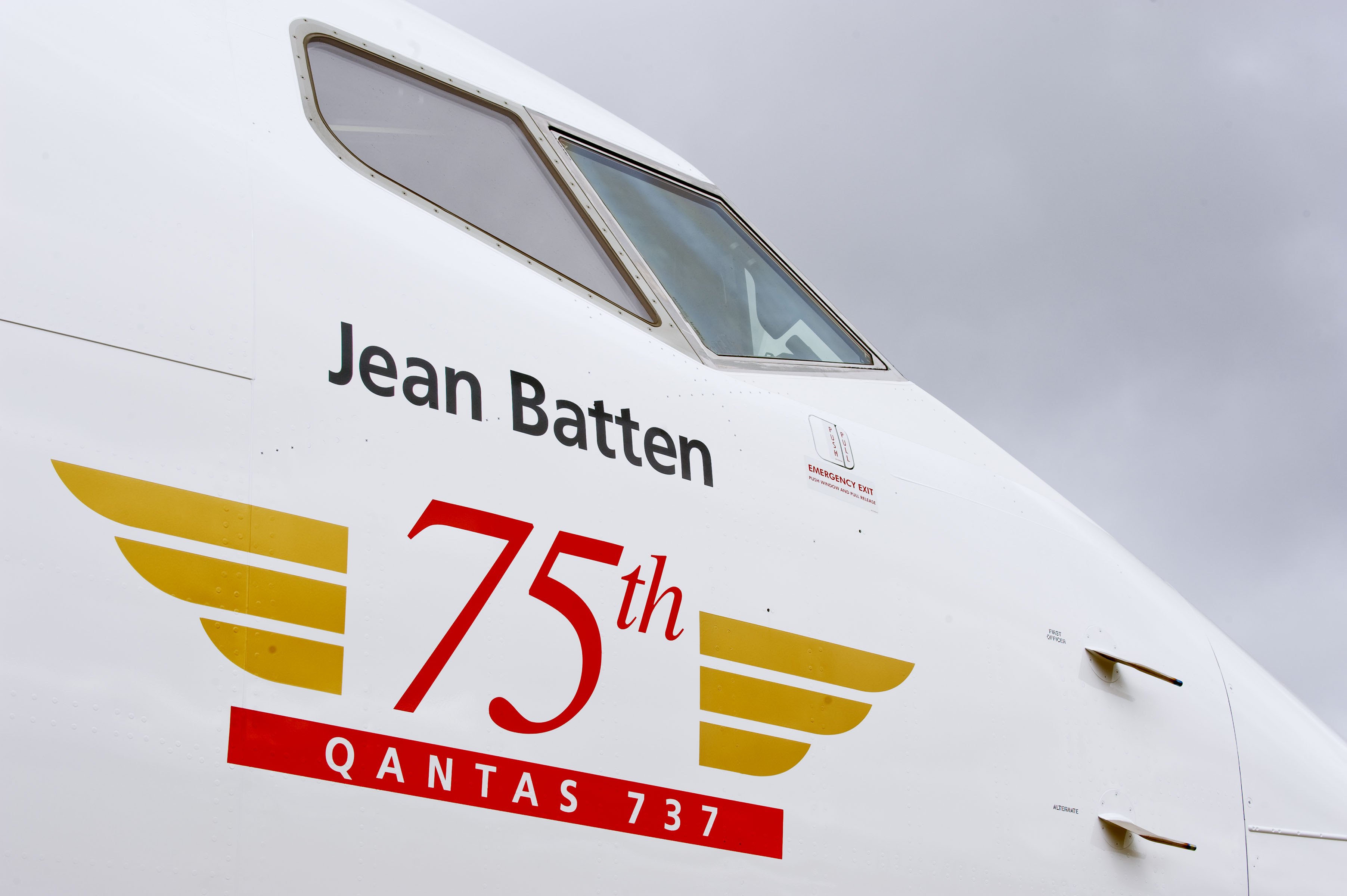by BA Staff
Boeing (NYSE: BA) delivered to Jetstar Airways of Australia the carrier's first 787 today, which is also the first Dreamliner for the nation of Australia.
Jetstar, is the Qantas Group's low-cost brand. Like every other airline which has taken delivery of this new type of aircraft, Jetstar too will introduce the 787 Dreamliner first on domestic routes, to ensure its pilots achieve the required number of landings, its cabin and ground crews get familiar with the aircraft, and then move the Dreamliners to its international network. The airline has a total of 14 787 Dreamliners on order and expects to fly an all-787 long-haul fleet by 2015.
Qantas Group CEO Alan Joyce said
Boeing Commercial Airplanes President and CEO Ray Conner said "
Boeing (NYSE: BA) delivered to Jetstar Airways of Australia the carrier's first 787 today, which is also the first Dreamliner for the nation of Australia.
 |
| Jetstar Australia Boeing 787-8 Dreamliner VH-VKA |
Jetstar, is the Qantas Group's low-cost brand. Like every other airline which has taken delivery of this new type of aircraft, Jetstar too will introduce the 787 Dreamliner first on domestic routes, to ensure its pilots achieve the required number of landings, its cabin and ground crews get familiar with the aircraft, and then move the Dreamliners to its international network. The airline has a total of 14 787 Dreamliners on order and expects to fly an all-787 long-haul fleet by 2015.
Qantas Group CEO Alan Joyce said
"Today is a historic milestone for the Qantas Group and Jetstar as we welcome the most advanced passenger aircraft ever constructed to the fleet," "In just 10 short years, Jetstar has grown to be the largest low fares carrier in the Asia Pacific, carrying more than 100 million passengers. The 787 will set up the airline for another decade of growth."The aircraft departed Monday morning local time from Boeing's Everett, Washington state delivery centre for Melbourne, Australia where it will be greeted by airline employees and special guests.
Boeing Commercial Airplanes President and CEO Ray Conner said "
We're proud to deliver the revolutionary 787 Dreamliner to our partners at Jetstar," "The 787s unmatched fuel efficiency will give Jetstar an advantage in the marketplace and its passengers will travel with the world's most advanced in-flight experience."Boeing Aerostructures Australia manufactures the movable trailing edge on the wing of every Dreamliner.
"Jetstar customers will have the chance to fly in a larger and more spacious cabin, enjoy gate to gate in-flight entertainment and arrive at their destination more refreshed thanks to a lower cabin altitude to reduce the impact of jet lag," said Jetstar Group CEO Jayne Hrdlicka. "The entire Jetstar team is very excited to have the 787 take to Australia skies."










































